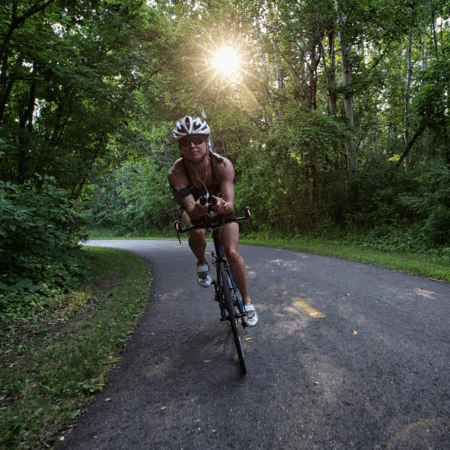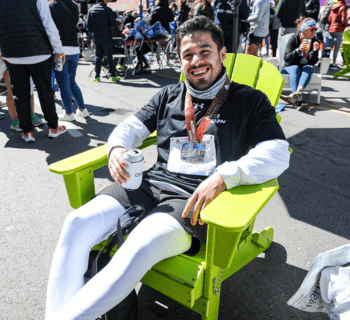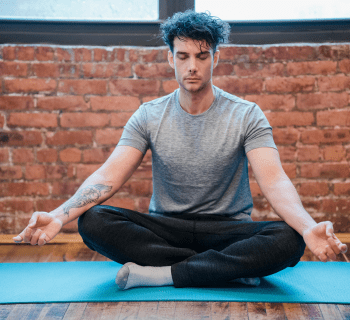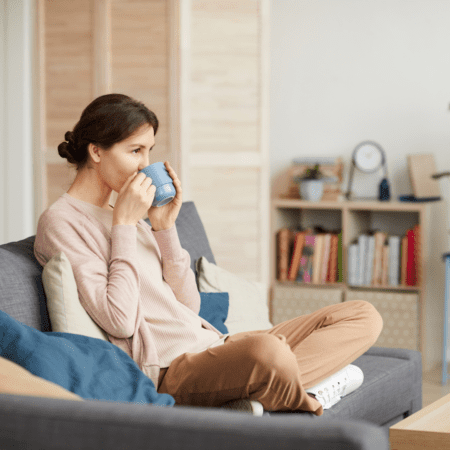Marathon Myths Debunked: Separating Fact from Fiction in Marathon Running
Hello, future marathoners! Ready to embark on your journey to the Austin Marathon? As you prepare, you might encounter some myths about marathon running that could leave you scratching your head. Fear not! We’re here to debunk these myths and ensure you have all the facts. Let’s dive in and set the record straight!
Myth 1: Running is Bad for Your Knees
Fact: This myth has been around forever, but it’s simply not true! Studies show that running can actually strengthen your joints and reduce the risk of osteoarthritis. The key is proper training, good running shoes, and listening to your body. So, hit those Austin trails with confidence and know that your knees are in good hands (or legs).
Myth 2: Older People Shouldn’t Run
Fact: Age is just a number! Running is beneficial at any age, and many older runners find that it enhances their health and vitality. The Austin Marathon has seen participants well into their 80s. So, whether you’re a seasoned runner or just starting out later in life, lace up those sneakers and get moving. You’re never too old to enjoy the thrill of running.
Myth 3: Marathon Training Will Take Over My Life
Fact: While marathon training does require dedication, it doesn’t mean you have to give up your social life or other activities. With a well-structured training plan, you can balance running with work, family, and fun. Plus, joining running groups or training with friends can make it a social activity. Hello, new running buddies! Your life will be fuller, not taken over.
Myth 4: You Need to Run 26.2 Miles in Training to Finish a Marathon
Fact: Good news – you don’t need to run a full marathon in training! Most training plans peak at around 20 miles for the longest run. The excitement, crowd support, and your determination will carry you those final miles on race day. Trust your training and enjoy the journey to the finish line in downtown Austin.
Myth 5: Resting Will Cause a Reduction in Performance
Fact: Rest is a vital part of any training plan. It helps your muscles recover, prevents injuries, and improves overall performance. Incorporate rest days into your schedule and don’t feel guilty about it. Your body will thank you, and you’ll come back stronger and ready to tackle your next run.
Bonus Myth: You Have to Be Fast to Be a Marathoner
Fact: Speed is not the defining factor of a marathoner. Marathons are for everyone, regardless of pace. Whether you’re aiming for a personal best or just to cross the finish line, your dedication and spirit are what count. The Austin Marathon celebrates every runner’s journey, no matter the speed.
Myth 6: Carbo-Loading Means Eating All the Pasta
Fact: Carbo-loading is a real thing, but it doesn’t mean you should eat endless bowls of pasta the night before the race. Effective carbo-loading involves gradually increasing your carbohydrate intake a few days before the marathon. Balance it with proteins and fats for optimal energy. Think smart, eat smart, and run smart!
Myth 7: If You Miss a Run, Your Training is Ruined
Fact: Missing a run or two won’t derail your training. Life happens, and it’s important to be flexible. The key is consistency over time. If you miss a session, don’t stress – just pick up where you left off and keep moving forward. The Austin Marathon is about progress, not perfection.
There you have it – marathon myths debunked! Running the Austin Marathon is a fantastic journey filled with excitement, camaraderie, and personal achievement. Keep these facts in mind, stay positive, and enjoy every step of your marathon adventure. See you at the finish line!
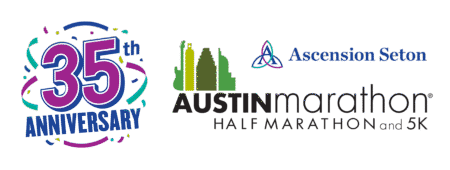

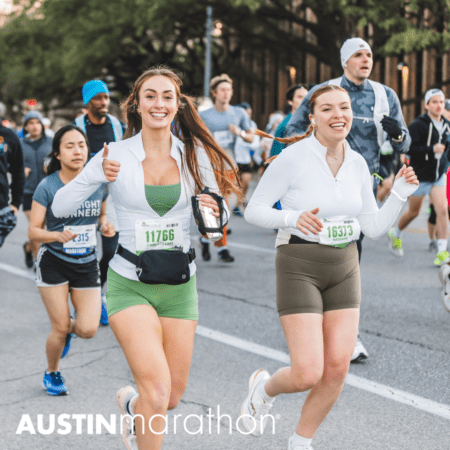

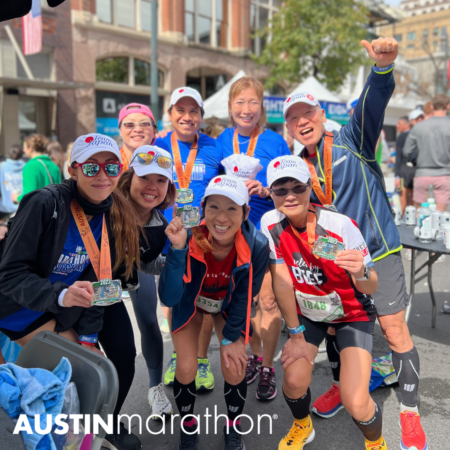
 improve cardiovascular health, and prevent injuries. Incorporating cycling into your running regimen can provide numerous benefits, making your training more effective and enjoyable. Whether you are a seasoned runner or a beginner, cycling can offer a low-impact alternative to running while still enhancing your fitness levels. In this blog,
improve cardiovascular health, and prevent injuries. Incorporating cycling into your running regimen can provide numerous benefits, making your training more effective and enjoyable. Whether you are a seasoned runner or a beginner, cycling can offer a low-impact alternative to running while still enhancing your fitness levels. In this blog, 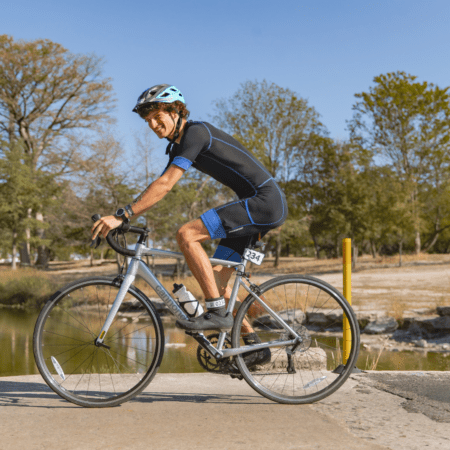 overuse injuries common among runners, such as shin splints and stress fractures. By incorporating cycling, you can continue to build endurance and maintain cardiovascular fitness without the high-impact strain that running entails.
overuse injuries common among runners, such as shin splints and stress fractures. By incorporating cycling, you can continue to build endurance and maintain cardiovascular fitness without the high-impact strain that running entails.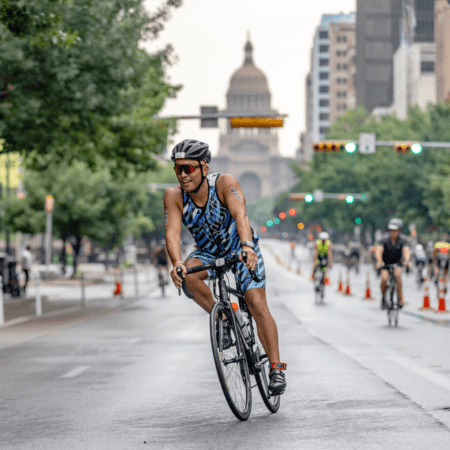 more efficient running form.
more efficient running form.